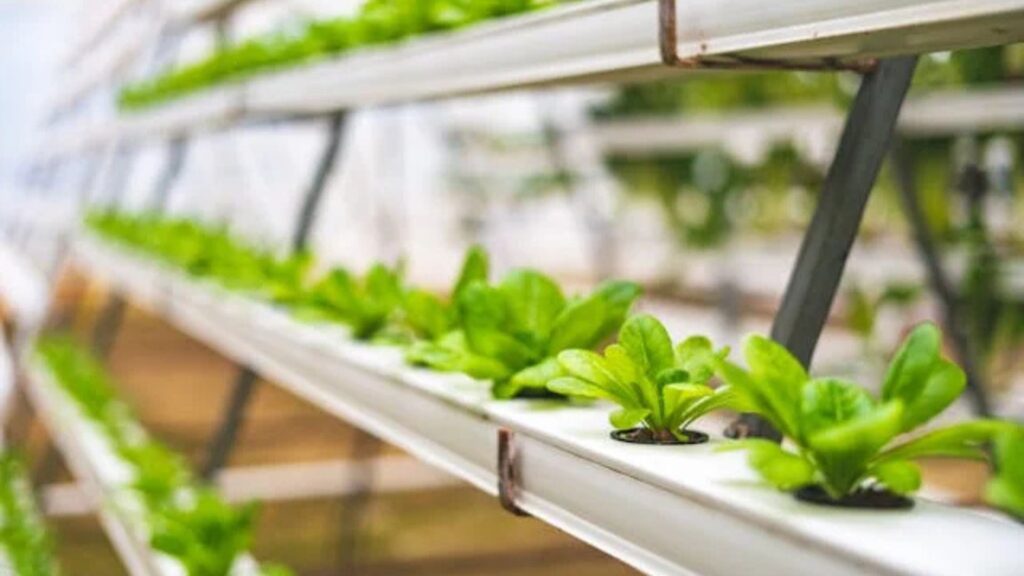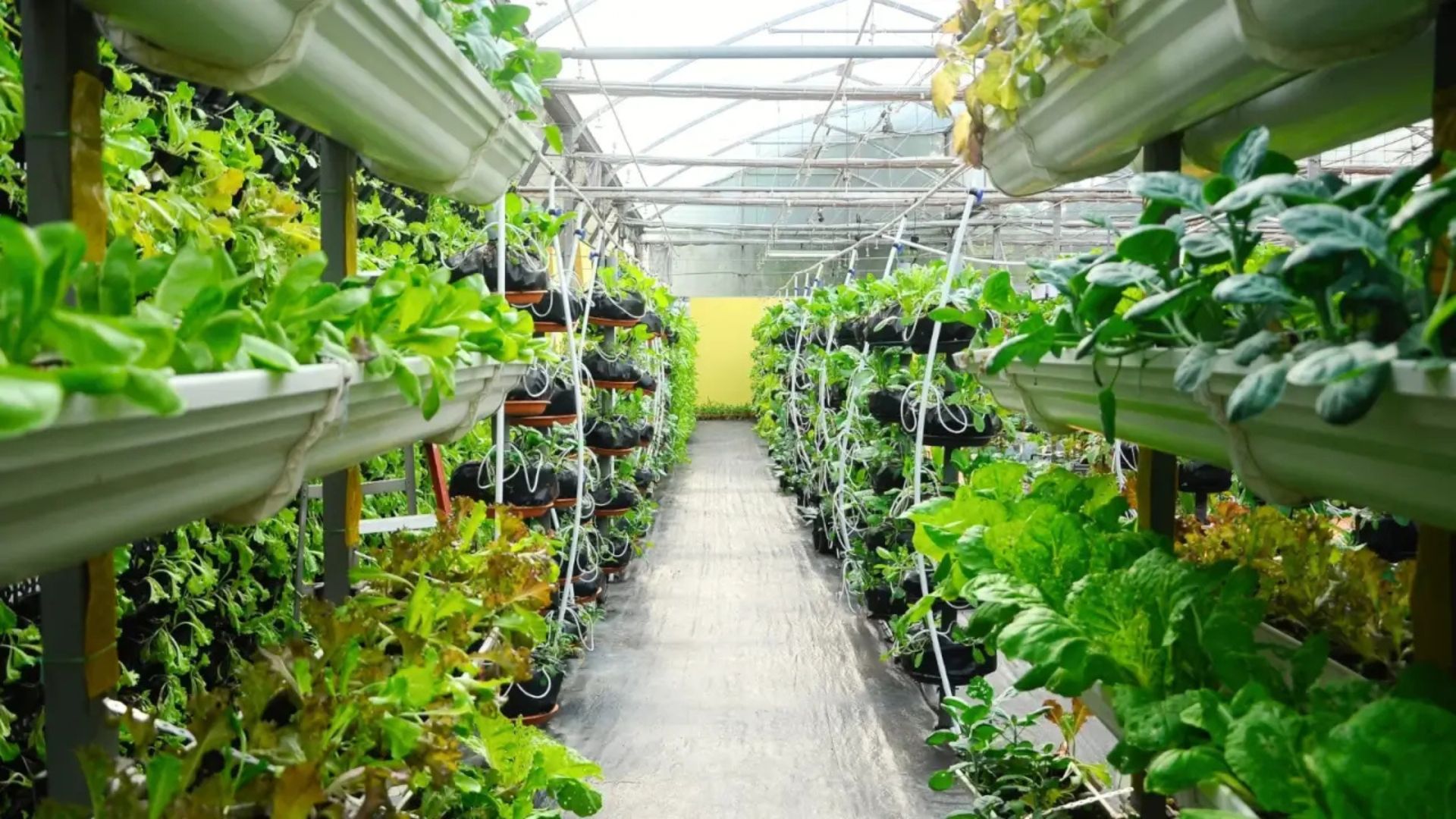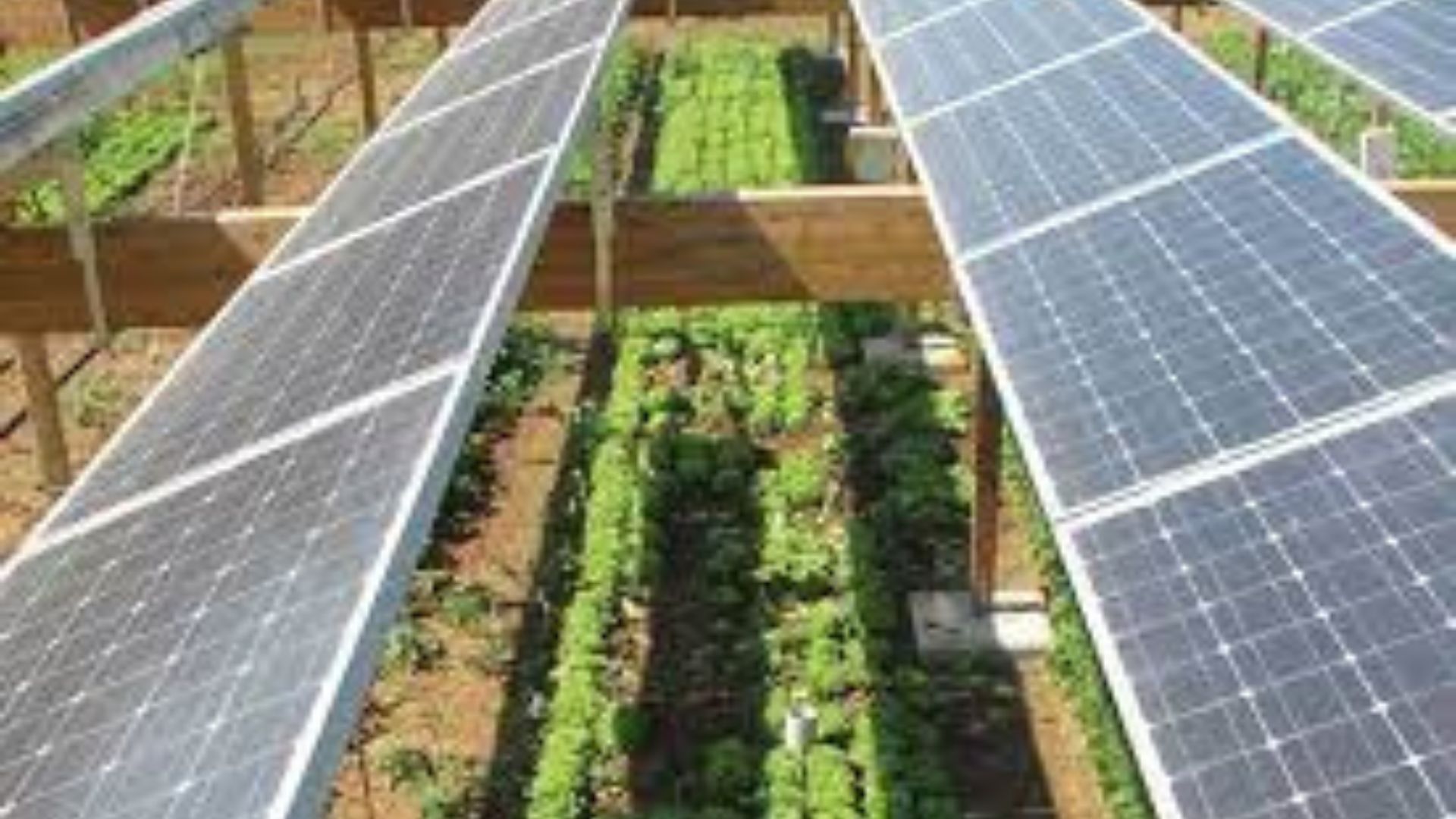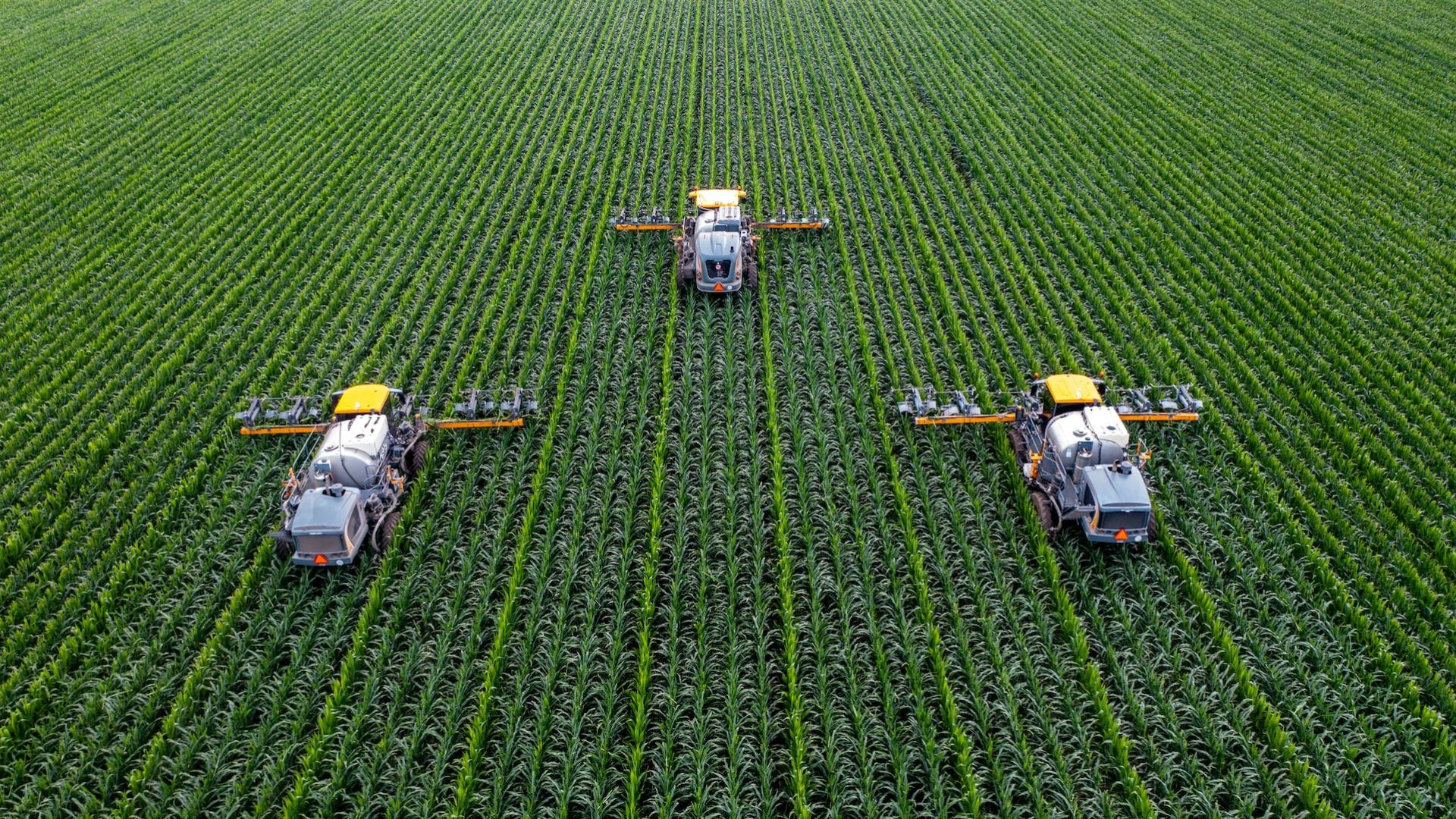As space becomes more limited and food prices continue to rise, more people are exploring vertical farming as a solution for growing fresh produce at home. But is this modern method of gardening truly worth the effort and cost? In this article, we’ll explore what vertical farming is, how it works at a home scale, its benefits and challenges, and whether it makes sense for you.

What Is Vertical Farming?
Vertical farming is the practice of growing plants in stacked layers or vertical structures instead of spreading them out horizontally. It often uses soil-less methods such as hydroponics, aquaponics, or aeroponics, and can be done indoors with the help of LED grow lights, or outdoors using vertical planters.
At home, vertical farming can be as simple as a DIY wall planter or as advanced as a fully automated hydroponic tower.
How Does Home Vertical Farming Work?
Vertical farming systems at home usually include:
-
Vertical shelves or towers to hold plants
-
Grow lights (especially for indoor setups)
-
Hydroponic or soil-based containers
-
Water and nutrient systems (for hydroponics)
-
Climate control (optional, for advanced setups)
Depending on your budget and interest, setups can range from simple balcony solutions to full indoor growing systems that automate watering and lighting.
Benefits of Vertical Farming at Home
1. Space-Saving
Vertical farming allows you to grow more plants in less space, making it ideal for people living in apartments, townhouses, or homes with small yards.
2. Fresh, Pesticide-Free Food
You have full control over how your food is grown, allowing you to eat chemical-free, organic produce picked at peak freshness.
3. Year-Round Growing
With indoor vertical farming, you can grow crops regardless of the season. LED grow lights mimic sunlight, letting you grow leafy greens and herbs all year.
4. Water Efficient
Hydroponic vertical systems use up to 90% less water than traditional soil-based gardening. The water recirculates, reducing waste.
5. Reduced Carbon Footprint
By growing your own food, you reduce reliance on produce shipped long distances, helping to lower your environmental impact.
6. Educational and Therapeutic
Home vertical farms are great for learning about plants and farming techniques. They also provide mental health benefits, as gardening is proven to reduce stress.
Common Crops Grown in Home Vertical Farms
-
Leafy greens: lettuce, spinach, kale
-
Herbs: basil, mint, parsley, cilantro
-
Strawberries (in tower systems)
-
Cherry tomatoes (in larger setups)
-
Microgreens
-
Peppers and small chili varieties
Note: Root vegetables like potatoes and carrots are less suitable for vertical setups.
Challenges of Vertical Farming at Home
1. Initial Cost
Setting up a home vertical farming system—especially hydroponic or automated ones—can cost anywhere from $100 to $1,000+. However, simple soil-based vertical planters are much cheaper.
2. Learning Curve
Hydroponics and lighting systems require some technical knowledge. You’ll need to understand nutrient levels, pH balance, and lighting schedules.
3. Electricity Use
Grow lights and water pumps use electricity. This can slightly increase your power bills depending on how many hours a day your system runs.
4. Limited Crop Variety
Most vertical farming systems are best suited to greens, herbs, and small fruiting plants. Large crops or deep-rooted vegetables may not thrive.
5. Time and Maintenance
While vertical systems are compact, they still need regular maintenance, such as cleaning tanks, checking nutrient levels, and trimming plants.
Is Vertical Farming at Home Worth It?
It is worth it if you:
-
Want to grow fresh herbs or greens regularly
-
Have limited space and value sustainability
-
Enjoy learning and experimenting with food production
-
Want more control over your food and diet
-
Are willing to invest time and some money upfront
It might not be worth it if you:
-
Expect to grow all your food or larger crops (like potatoes or corn)
-
Don’t have the time to maintain a system
-
Are only looking for cost savings (grocery store greens may be cheaper short term)
Tips for Getting Started
-
Start Small: Try a basic soil-based vertical garden or countertop hydroponic kit.
-
Choose Easy Crops: Begin with herbs or leafy greens—they grow fast and are forgiving.
-
Do Your Research: Learn about light needs, nutrient solutions, and system types.
-
Buy Quality Equipment: Cheap kits may break easily. A good system can last years.
-
Track Your Results: Monitor growth, yield, and costs to understand your system’s efficiency.
Conclusion
Vertical farming at home is an exciting way to grow your own food, especially for those with limited space or a desire for sustainability. While it does require an initial investment and some learning, the rewards include fresh, pesticide-free produce, year-round growing, and a stronger connection to your food.
For many home gardeners, the benefits far outweigh the challenges—making it a worthwhile addition to modern eco-friendly living.










